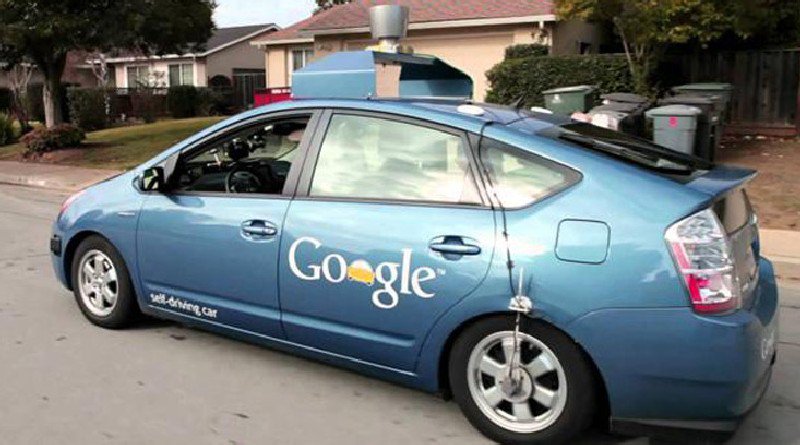Already home to Silicon Valley, never drive California to be about to spawn Robot Valley – a new global tech region dedicated to automation? A champion for the cause – in the shape of a professor in San Diego – certainly hopes so, as he anticipates the future of robots in our lives.
in July to run University of California (UC) San Diego’s new Contextual Robotics Institute, Danish-born Professor Henrik Christensen says in a recent interview with the San Diego Union-Tribune:
“My own prediction is that kids born today will never get to drive a car.”
Waymo’s self-driving Chrysler Pacifica Hybrid minivans are due to appear on public roads in the United States in 2017. Image: Waymo
Christensen says he and his colleagues see advancing robotics and automation pushing two trends. One trend will be the return of manufacturing jobs to the United States – primarily from Southeast Asia.
The other trend is the displacement of workers as jobs become automated. Christensen predicts there will be fully automated, driverless transportation in the U.S. by 2020 – displacing human truck drivers and taxi drivers.
His ambition is to build a research institute that will rank among the world’s top five. “Why not see if we can make San Diego ‘Robot Valley’,” he said when he took up his new appointment.
In October 2016, over 200 engineers and social scientists met at the university to discuss some of the challenges that robotics and automation can tackle. The event also featured talks by world leaders on the potential for robotics to benefit society.
Conducting drone swarms and roving robots
Prominent among the themes discussed at the pre-nascent Robot Valley event was the problem of controlling “swarms” of drones – unmanned aerial vehicles (UAVs) – and robots.
At present, we need a group of people to control one complex UAV. The challenge is how to invert the ratio so one human can control a swarm of UAVs or roving autonomous robots.
“Human-robot interactions should resemble the relationship between an orchestra conductor and musicians,” notes Christensen, “Individual players need to be smart enough to take cues from the conductor and play on their own.”
Companion robots Read More: ‘Kids born today will never drive,’ says Robot Valley champion










